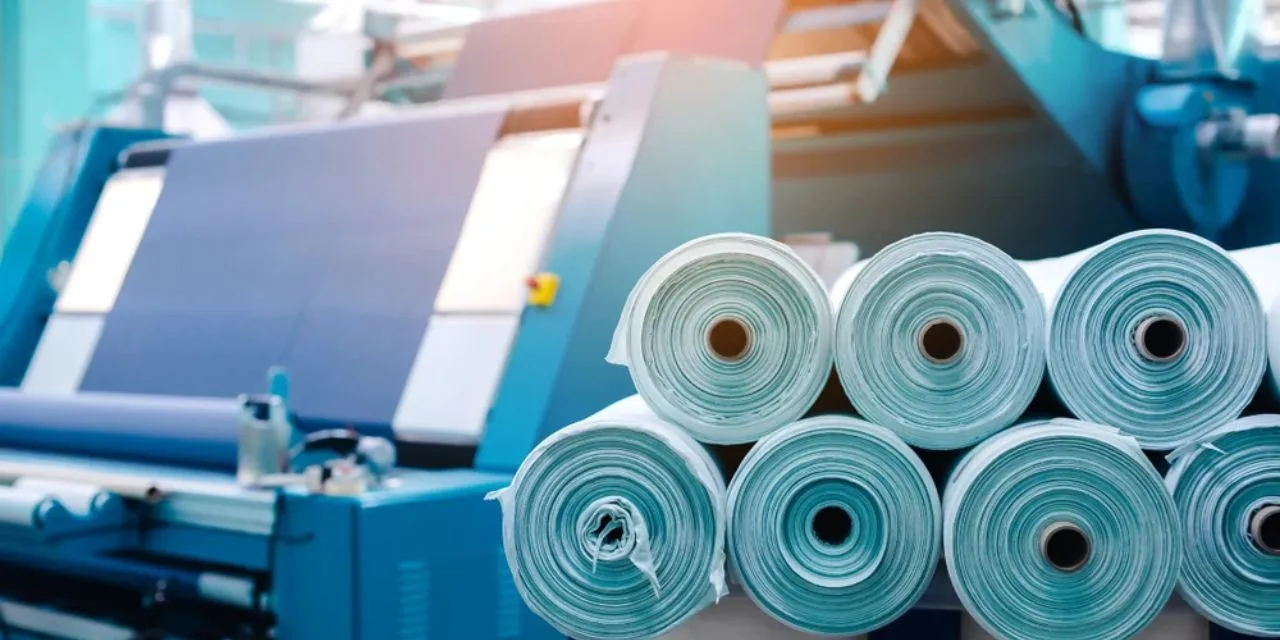Polyvinyl chloride or PVC is one of the most versatile thermoplastic polymers extensively used in building and construction applications. It exhibits properties such as durability, moisture resistance, and versatility which makes it ideal for use in windows, doors, pipes, siding, flooring, and roofing. The growing infrastructure development activities across both developing and developed economies is driving the demand for PVC. It is lightweight and flexible, making it suitable for installation of electric cables, pipes for plumbing works, insulation of electrical wiring, and water supply lines. The need for sustainable and durable construction materials along with rapid urbanization is propelling the PVC market growth.
The global Polyvinyl Chloride (PVC) Market is estimated to be valued at US$ 55.73 Bn in 2024 and is expected to exhibit a CAGR of 3.8% over the forecast period 2023 to 2030, as highlighted in a new report published by Coherent Market Insights.
Market key trends:
One of the key trends witnessed in the PVC market is the shift towards heat and fire resistant PVC compounds. The fire resistant PVC aids in preventing fire hazards and ensures safety. It requires less maintenance and offers longevity compared to other traditional building materials. This is expected to drive its adoption in construction of hospitals, schools, hotels, and other public infrastructure. Growing concerns regarding fire safety codes and norms have compelled construction companies to use fire resistant materials compliant with building codes. PVC stabilizers play a crucial role in improving its fire resistance properties by preventing rapid combustion. Leading manufacturers are focused on developing advanced PVC compounds with enhanced fire resistant capabilities to capitalize on the market potential.
Porter’s Analysis
Threat of new entrants: The threat of new entrants is moderate. The PVC market requires substantial capital investment for production facilities and machinery. Established players have advantages of economies of scale.
Bargaining power of buyers: The bargaining power of buyers is moderate to high. Buyers have several product alternatives and can negotiate better prices. Commoditization of products increases buyer power.
Bargaining power of suppliers: The bargaining power of suppliers is moderate. Key raw materials like salt, petroleum are commodity chemicals supplied by few global players. Suppliers can influence prices to some extent.
Threat of new substitutes: The threat of new substitutes is high. Alternatives like polyethylene, polypropylene, ABS are also used for similar applications. New substitute development remains a challenge.
Competitive rivalry: The competitive rivalry is high. The market is moderately consolidated. Companies compete on pricing, quality, product differentiation and customer relationships.
Key Takeaways
The global Polyvinyl Chloride (PVC) market is expected to witness high growth. The global Polyvinyl Chloride (PVC) Market is estimated to be valued at US$ 55.73 Bn in 2024 and is expected to exhibit a CAGR of 3.8% over the forecast period 2023 to 2030.
Asia Pacific dominates the global PVC market, accounting for over half of the overall consumption. China, India are fastest growing regional markets due to rapid industrialization. China and India are the fastest growing regional markets due to rapid industrialization and infrastructure development activities. Major end-use industries such as construction and automotive are driving regional market growth.
Key players operating in the Polyvinyl Chloride (PVC) market are Formosa Plastics, Occidental Petroleum, INEOS Group, Shin-Etsu Chemical Co. Ltd., Westlake Chemical Corporation. Key players are focusing on sustainable product development and capacity expansions to cater to growing demand. Companies compete on pricing, quality, and innovation to gain market shares.




